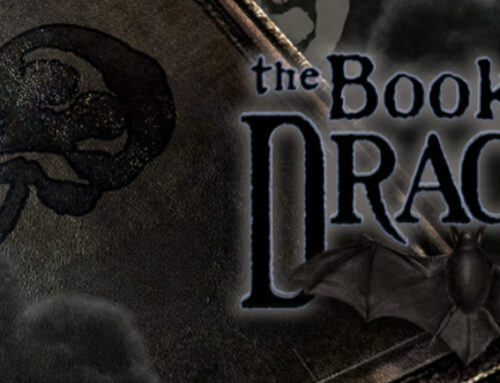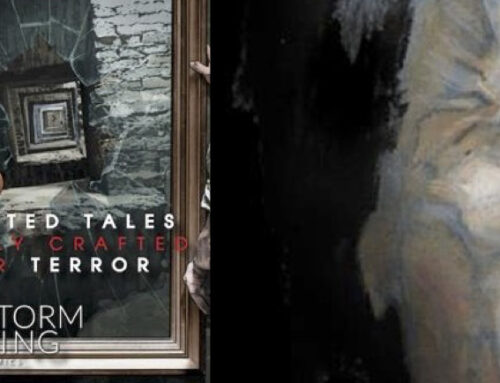 The Trees Have Eyes (Haunted House Publishing) is a short story collection based on the innate fear and sense of foreboding conjured by forests and open wilderness. This is a fairly vast collection, featuring forty-four contributions from more than fifteen authors, and I felt that the final product suffered from just how much was crammed into it. As is often the case with these collections the quality of storytelling on display is wildly inconsistent, and while this usually isn’t a worthwhile point of detraction I came away feeling there were more misses than hits here. That’s not to say that The Trees Have Eyes doesn’t contain several stories worth your time (more on those shortly) but rather that I feel stronger quality control would have slimmed this volume and made the final product much more impactful.
The Trees Have Eyes (Haunted House Publishing) is a short story collection based on the innate fear and sense of foreboding conjured by forests and open wilderness. This is a fairly vast collection, featuring forty-four contributions from more than fifteen authors, and I felt that the final product suffered from just how much was crammed into it. As is often the case with these collections the quality of storytelling on display is wildly inconsistent, and while this usually isn’t a worthwhile point of detraction I came away feeling there were more misses than hits here. That’s not to say that The Trees Have Eyes doesn’t contain several stories worth your time (more on those shortly) but rather that I feel stronger quality control would have slimmed this volume and made the final product much more impactful.
I did appreciate that several of these stories make genuinely innovative use of the forest that goes beyond setting, often teasing out a single concept related to the wilderness and making it a narrative focus. For example, “World’s Oldest Tree” (Tobias Wade) and “Crosses in the Field” (JP Carver) both use the forest as a character rather than as a backdrop and in both cases the forest feels far more oppressive than a collection of trees in which the events of the story occur. Similarly, pieces like “Patterns in the Bark” (Blair Daniels) are able to turn simple elements of a forest into something fearful in unexpected ways which stay with the reader. Sometimes imagery alone is enough to make a story memorable, as is the case in “The Treehouse” (Kyle Harrison), which I really appreciated for the sheer oddity of the material.
That said, several of these stories suffer from a broad stylistic sameness. Nearly every piece is in the first person with several being recounted by the narrator at some nebulous time after the events of the story, robbing some of these stories of tension that would otherwise have propelled them further. The general tone leads me to believe that a lot of these pieces were written as creepypasta and later collected for this book. I love forum based horror and feel that a lot of the creepiest imagery to emerge in the past decade has come directly from that medium, but it does have a distinct tone and a set of tropes which can be felt constantly throughout this book and which get tired quickly if you’re reading large swathes at a time. On the plus side, stories which eschew that format feel like a breath of fresh air even when those stories don’t make the best use of the forest conceit. I’m thinking specifically about “Seeker” (William Stuart) which, despite not using the forest as much more than an excuse for isolation, tells a much more developed story with a flow that goes far beyond the narrator telling us about a creepy beastie they found in the trees.
It’s also important to note that, while this is clearly an amateur collection, the editing here is incredibly spotty. There are typos abound throughout the book and the fact that some writers have more errors than others leads me to believe that it may have been up to the contributors to edit their own pieces prior to submission. I acknowledge that this may not be the case, but nowhere could I find a listing of an editor and the fact that I even suspect this is a major issue. I’m not one to turn my nose up at stylistic grammatical choices, and my own grammar is far from perfect, but the number of blatant typos, hanging words, and awkward phrasing is very distracting. Suspension of disbelief is especially crucial in horror, and it feels bad to break that suspension of disbelief based on difficult to ignore print errors. Ultimately, there are diamonds in the rough here, but I wish I could see a “Director’s Cut” of the book with a tighter core selection of writings and a more thorough editing process.
Published by Haunted House Publishing in July 2018, The Trees Have Eyes is available in digital and paperback.







